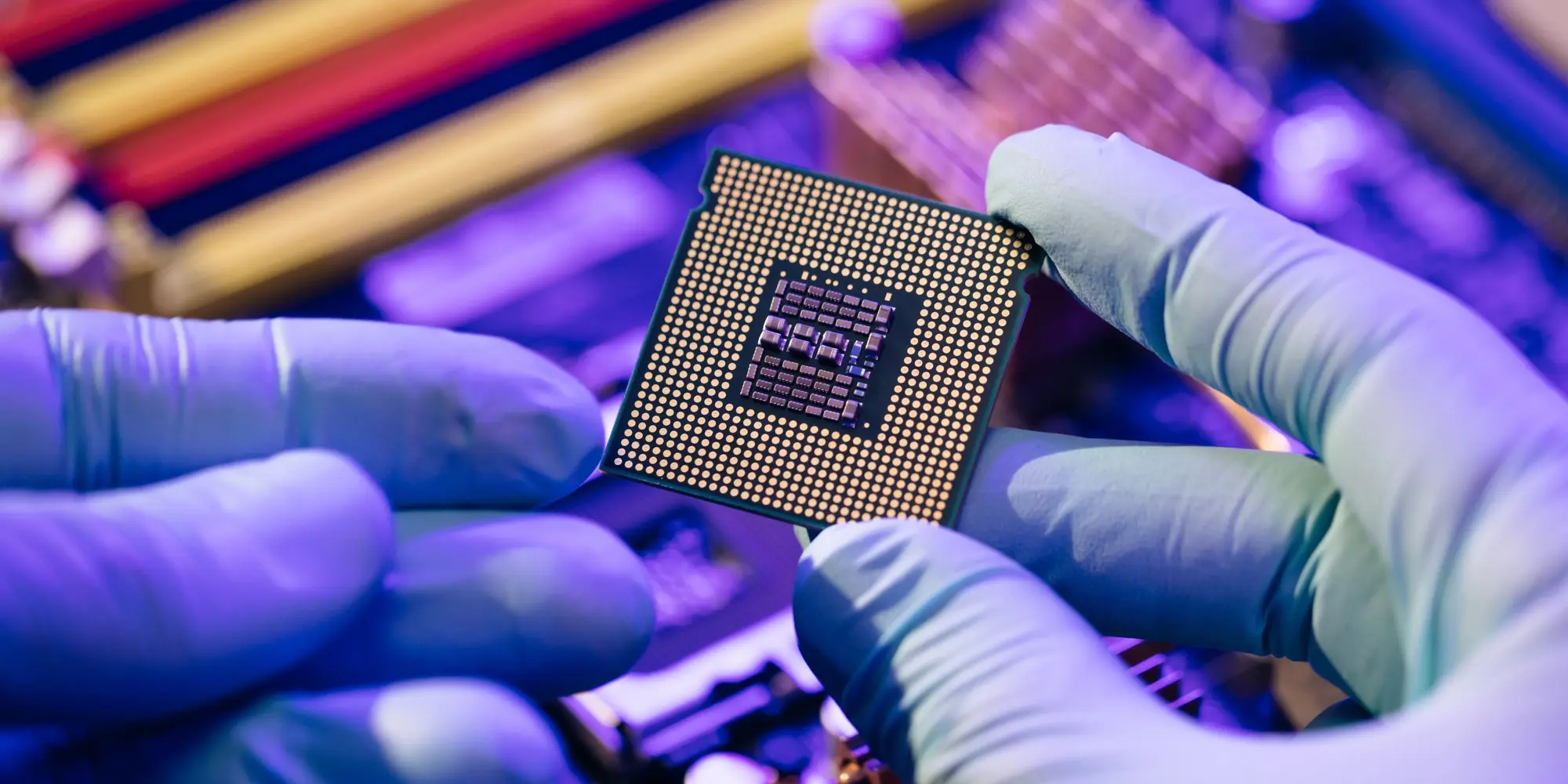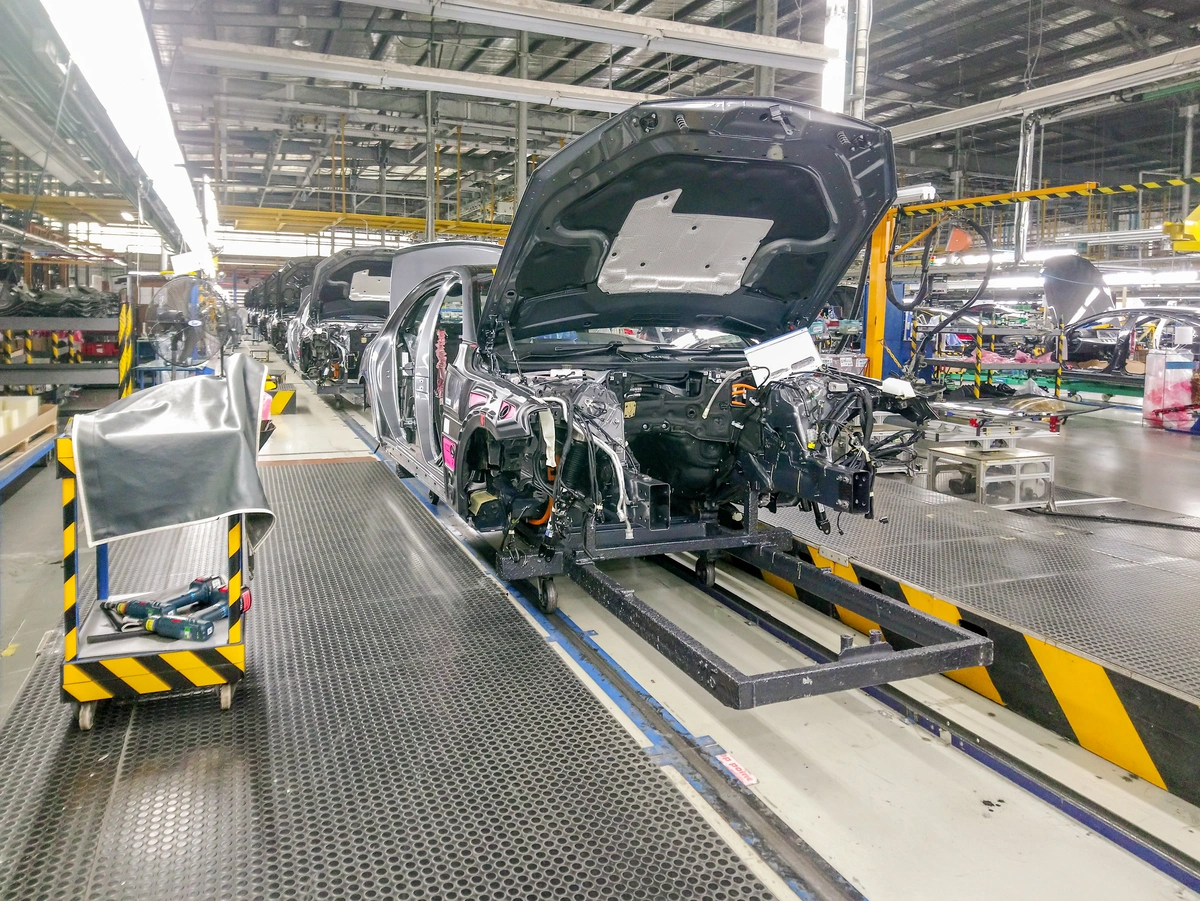No one disputes the fact that our nation’s aging infrastructure – everything from power plants, roads and bridges to telecom networks, water systems and public transit – needs a major overhaul. In fact, it’s one of the few things elected officials across the political spectrum can agree on these days.
Why? Try commuting on NYC’s subway or DC’s metro for a week. Or surfing the web in Aitkin County, Minnesota. It’s no wonder the American Society of Civil Engineers gave our nation’s infrastructure a “D+” in their recent report card.
But, as with most policy challenges, the devil is in the detail when it comes to infrastructure investment.
First, there’s prioritization – deciding which projects and locations are most critical and will provide the most substantial economic benefit, especially to underserved and low-income populations. Next, there’s considerations around size and scope – choosing whether to repair existing assets or replace them entirely. Then, there’s the issue of funding – determining what money to use: private, public, local, federal, or some combination. Finally, there’s execution – deciding who manages the build and who will oversee the asset once it’s operational.
Navigating these complex issues can be a challenge; the process can take years and involves numerous stakeholders, each with their own priorities. The partisan political environment further complicates matters.
Our team has been involved with numerous large-scale investments, including major infrastructure and development projects. Following are a few suggestions for those who will bring the next generation of U.S. infrastructure to life:
-
Embrace foreign direct investment. In 2016, Eric Eve – our CEO – wrote a piece encouraging urban communities to position themselves to attract a greater share of the billions of dollars in global capital flowing from east to west. Given the current landscape, his advice is truer today than ever. Foreign direct investment has been flowing into the U.S. for decades, totaling $2.9 trillion through 2014. A report by American Public Media confirms we can expect this type of investment to continue, especially in U.S. infrastructure.
Obviously, there are concerns when it comes to foreign investment in infrastructure – in particular, capital from China and the Middle East. But so long as this investment doesn’t compromise economic or national security – or prioritize the investor over the communities the investment seeks to serve –it’s safe to assume foreign capital isn’t going anywhere. Nor should it, frankly. We’ll need all the help we can get in order to close the $2 trillion funding gap that currently exists to meet our baseline infrastructure needs over the next 10 years.
-
Focus on communities in need. In a 2017 New York Times op-ed, PolicyLink’s Angela Glover Blackwell argues that “a smart infrastructure investment plan would focus on vulnerable communities.” It would include things like broadband access, clean water and regional transit – infrastructure she believes can “lift up the most vulnerable among us.”
We wholeheartedly agree with Ms. Blackwell. Roads, bridges, airports, railroads, power plants – yes, these are all important pillars of our economy. But equally important is the more localized infrastructure that affects people’s everyday lives, the things that could mean the difference between someone getting a job or remaining unemployed.
That’s why in Eric Eve’s last piece, he had this advice for investors: “Keep exploring opportunities in American communities. Our urban neighborhoods need you…. Done right, you’ll be investing in deep-rooted, loyal communities that are willing to provide substantial returns for their partners if they are actively listened to and their voice is heard throughout the process.”
-
Take steps to mitigate risk. large-scale projects frequently hit a snag – or get scrapped altogether – due to something that could’ve been avoided with some foresight and a little planning.
Permitting and zoning issues. Litigation over environmental concerns. Issues surrounding labor, sourcing or supply chain. These are all things that, if anticipated, can usually be addressed amicably. Maybe it’s a matter of explaining the project in clearer, more convincing terms. It’s often as simple as proactively engaging decision-makers and community leaders. Regardless, there are always steps you can take to ensure a smooth, uneventful project.
Improving our nation’s infrastructure is of paramount importance and can go a long way towards ensuring continued U.S. economic growth. But remember, the devil is in the detail – so it’s essential that we approach upcoming infrastructure projects thoughtfully and with our most vulnerable communities in mind.




